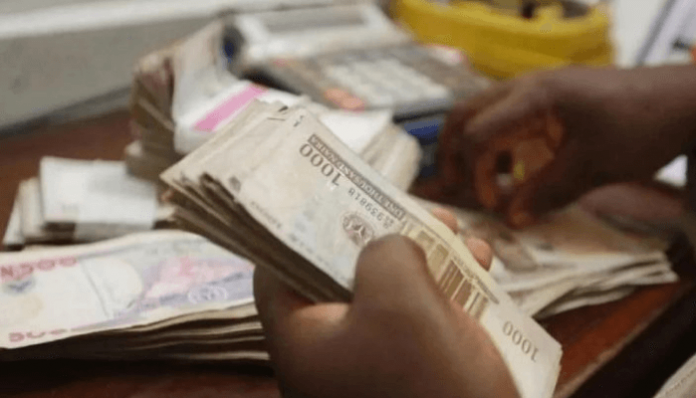On Wednesday, the average yield on Open Market Operations (OMO) bills and Nigerian Treasury bills combined to yield almost 25% each in the secondary market. This came about as a result of sharp selloffs in the market for Treasury bills. Conversely, there has been minimal trade in the OMO bill market.
Investors anticipate a rate swing following the monetary authority’s benchmark interest rate tightening in an effort to contain the increasing inflation rate.
As indicated by the most recent bond auction results from the Debt Management Office, the authority has begun to indicate the prospect of more pip increases on market rates.
The market’s risk-off attitude among fixed-income investors has led to a selling frenzy for naira assets. The local economy’s uncertainty has provided portfolio investors with a chance to reevaluate market developments that match their respective investment targets.
The Treasury bill market ended with a pocket of transactions on Wednesday, albeit with a bearish tilt, as the average yield inched higher by 1 bp to 25.2%.
Across the curve, the average yield contracted at the short (-1 bp) and mid (-2 bp) segments due to interests in the 85-day to maturity, which shed -1 bp, according to Cordros Capital Limited.
The market also experienced a sell-down in 176-day to maturity bills, causing a -2bps slide in its associated yield.
Conversely, traders said the average yield expanded at the long (+4bps) end, driven by sell pressures on the 295-day to maturity bills, whose yield gained +66bps.
In the OMO segment, the average yield declined by 2 basis points to 25.3%, an investment firm told investors in an emailed note.












